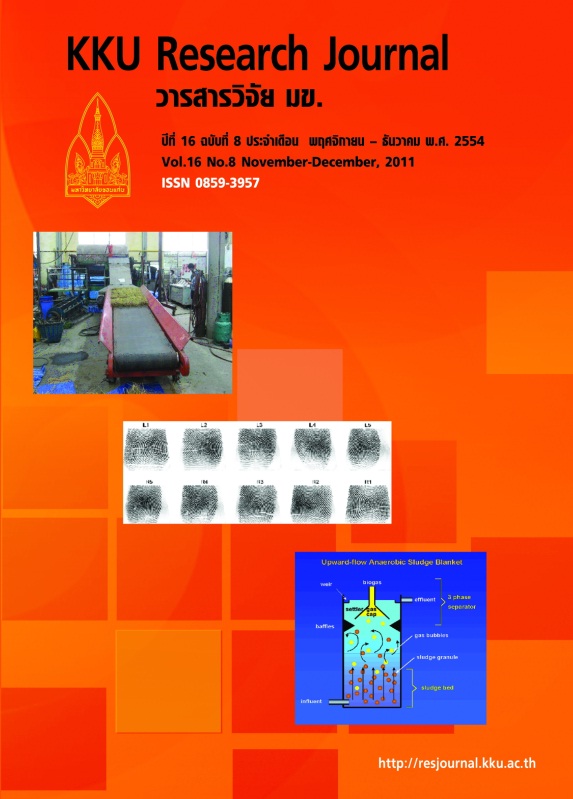Effect of crossed-legs and heel sitting postures on median frequency values of lumbar Multifidus and internal oblique muscles in a healthy population
Main Article Content
Abstract
The aim of this cross-over design study was to compare the level of fatigue in the lumbar multifidus (LM) and internal oblique (IO) muscles when an individual is sitting in the crossed-legs and heel sitting postures, as measured by surface electromyography. Twenty-three subjects, aged 20 to 30 years, were asked to randomly perform the crossed-legs and heel sitting postures for 30 minutes on two occasions 24 hours apart. Median frequency (MF) data were recorded on both occasions in order to measure the muscle fatigue at seven time points (0, 5, 10, 15, 20, 25 and 30 minutes) in each sitting period. The results showed that when the subjects were in the crossed-legs sitting, the MF values of right and left LM, and right and left IO muscles were lower than those of the corresponding muscles of the heel sitting posture. These results indicated that the heel sitting posture causes less lower trunk muscle fatigue than the crossed-legs sitting posture in a healthy population during prolonged floor activity.
Article Details
How to Cite
Areeudomwong, P., Puntumetakul, R., Leelayuwat, N., Wanpen, S., & Eungpinichpong, W. (2017). Effect of crossed-legs and heel sitting postures on median frequency values of lumbar Multifidus and internal oblique muscles in a healthy population. Asia-Pacific Journal of Science and Technology, 16(8), 1003–1013. retrieved from https://so01.tci-thaijo.org/index.php/APST/article/view/83627
Section
Research Articles


